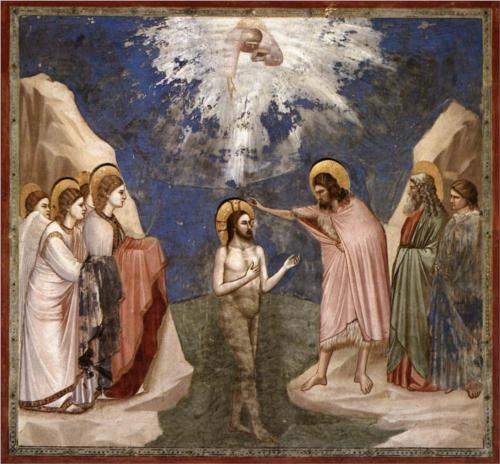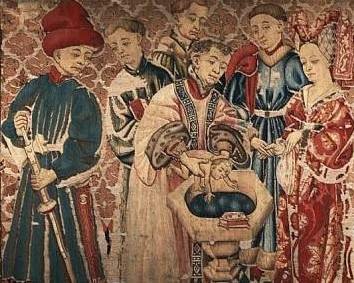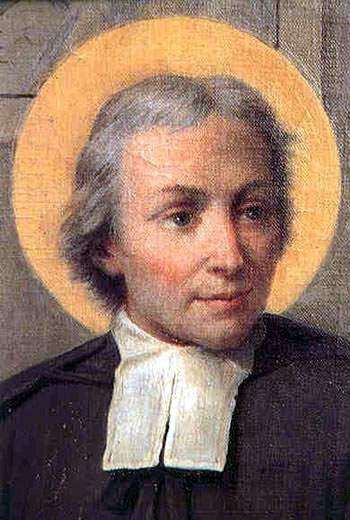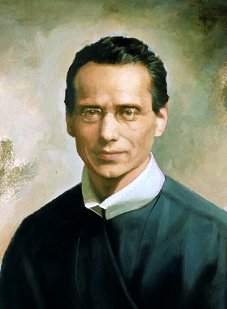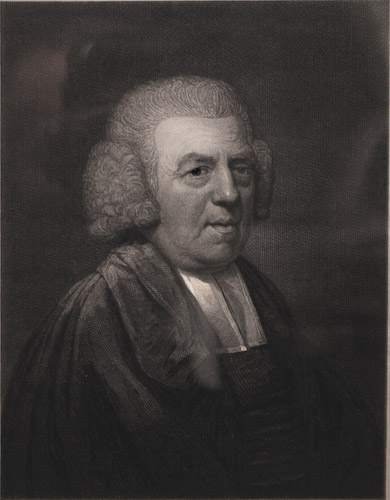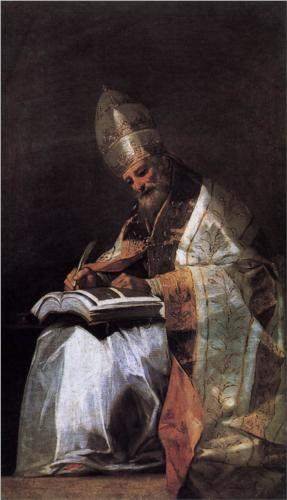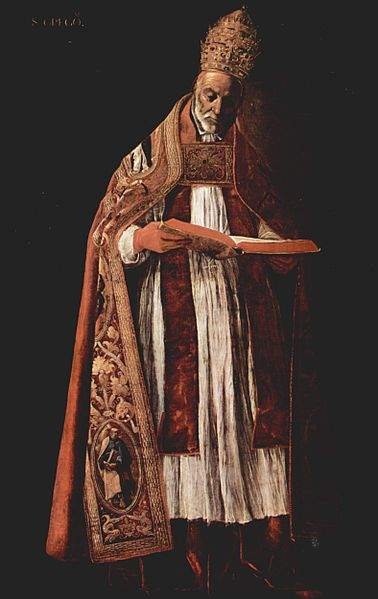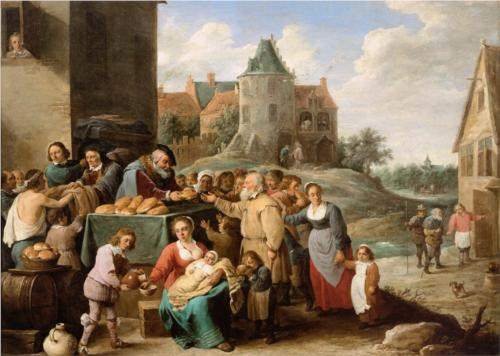
The Works of Mercy (c.1645), by David Teniers the Younger. (Wikipaintings.org)
Hello, dear friends. I’m still around. I’m continuing to struggle with some things — not least of all a real terror of a paper — but I think the sun is beginning to shine through the clouds, and I hope, I pray, that I’ll soon be able to return to you on a more regular basis.
I have been thinking about a lot of things lately — the direction this blog has been taking, the direction my heart has been taking, and the way my heart needs to lead this blog. For one thing, I need and deeply long to return to this blog’s original mission, to extol all the beauties and graces of the Catholic Church, and to ponder the lamentable divide between Catholics and Protestants, and to work in my own way to bring us closer together. I have been lashing out defensively, even aggressively, against Protestants who reject communion with the Catholic Church, against their arguments and even against their beliefs. But the truth is that this all breaks my heart grievously, in being hurt and even more in that my words might hurt others.
I have been spending a lot of time with my Protestant brethren lately, most of all my dear Baptist friends. And I find that the passion, the mercy, and the love of their worship and ministry is true and genuine and full of God’s grace and healing. And that begs the question, as my wandering road as a Protestant always begged — how can more than one thing be true? If the Catholic Church is Christ’s True Church, founded by Him and His Apostles, bearer of Apostolic Tradition, the fullness of God’s plan of salvation for us — and this I firmly and thoroughly believe — what are our separated brethren? And if I see God’s grace and love alive and active in them, as witnessed by the transformation of lives — what does that mean for the Truth? It means, I suppose, that God is so much bigger than us and our petty disputes, than any division we can create; that His mercy is infinitely greater and overflowing to all who love Him.
We of the Catholic faith practice the Christian life as it has been handed down to us. Catholic tradition is just that — that which has been handed down — and it has been handed down from the ages because it is what works, what time has proven to bear fruit, and what Christ and the Apostles commanded us to do. So what about all the other Christians who do differently, who believe differently? The Catholic Church is not in the business of pronouncing judgment on them, on deeming whether they or anyone is “saved.” What the Church teaches is what she knows; what she has received; what has proven to be true. How God moves and saves with other Christians is His business, the outpouring of His Divine Mercy. It is our job to seek His Truth, and to be faithful and obey.


